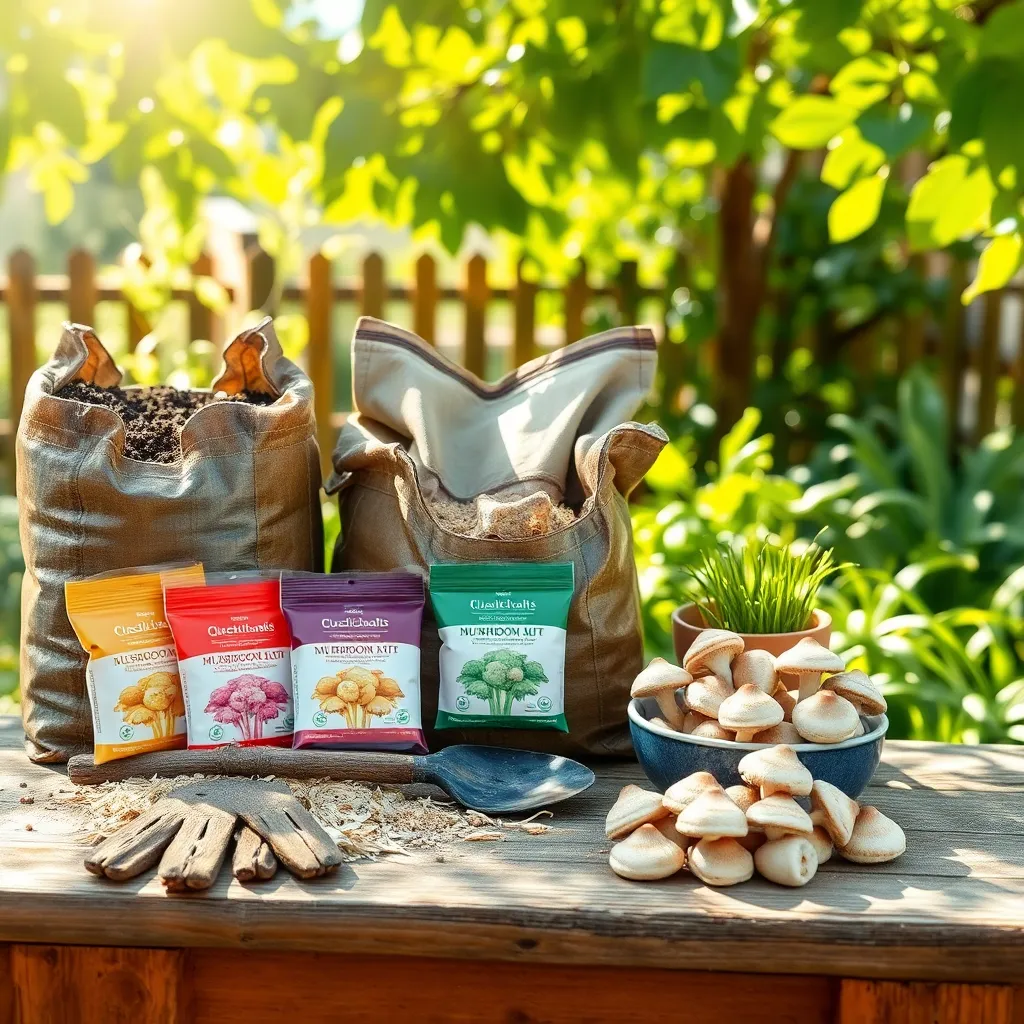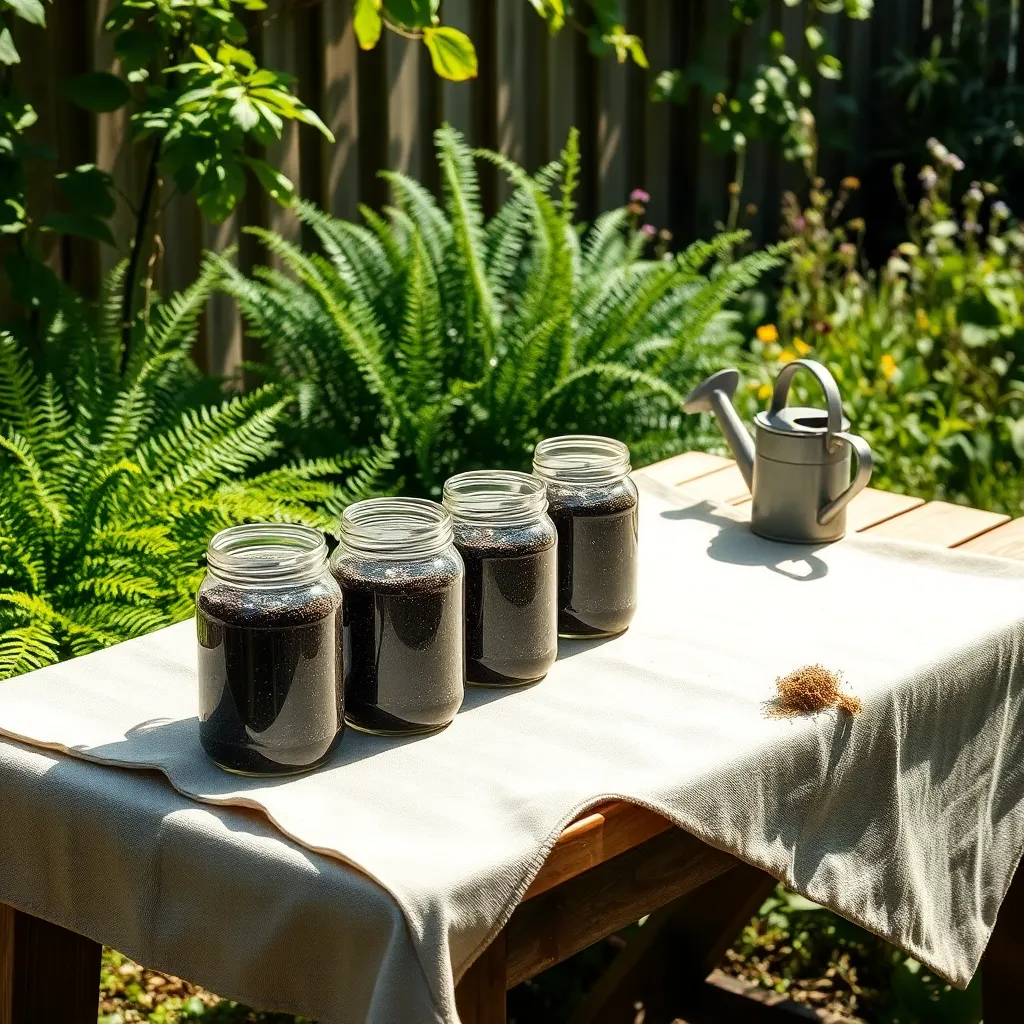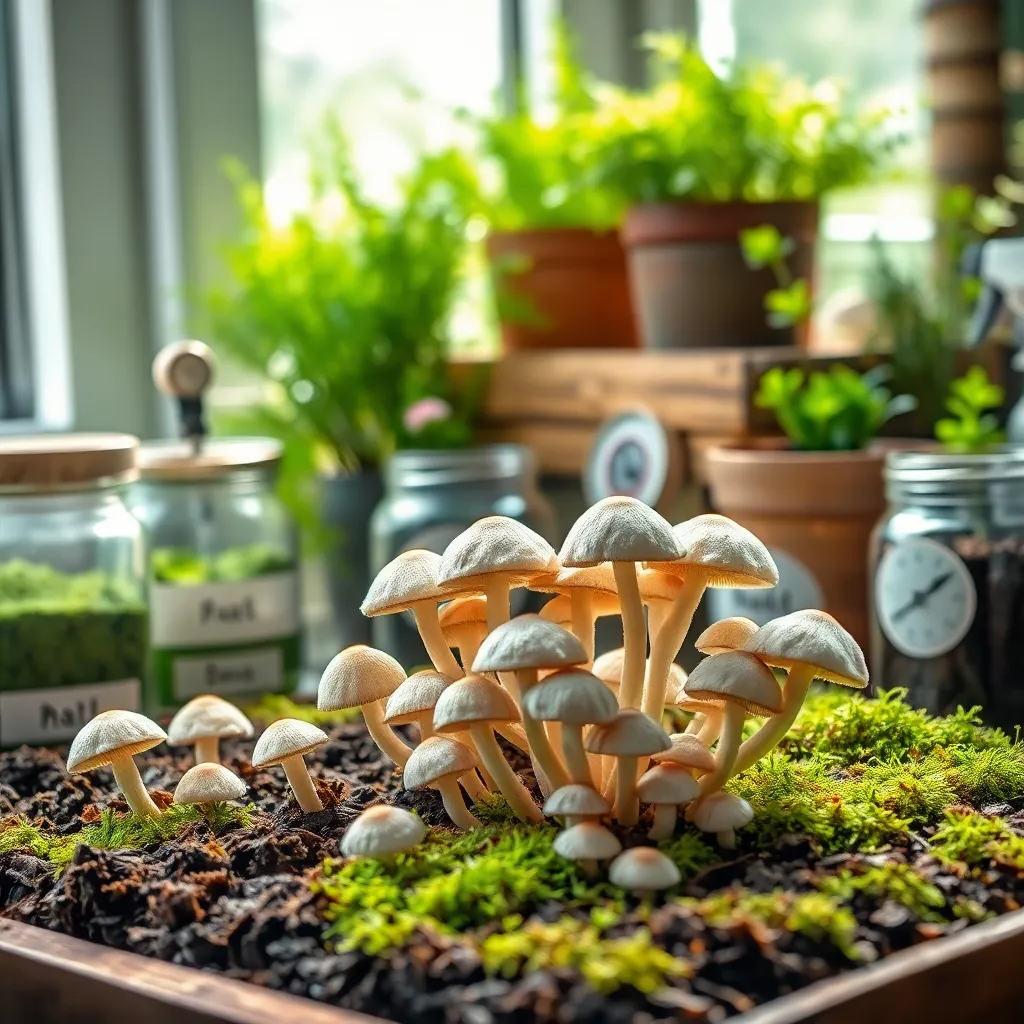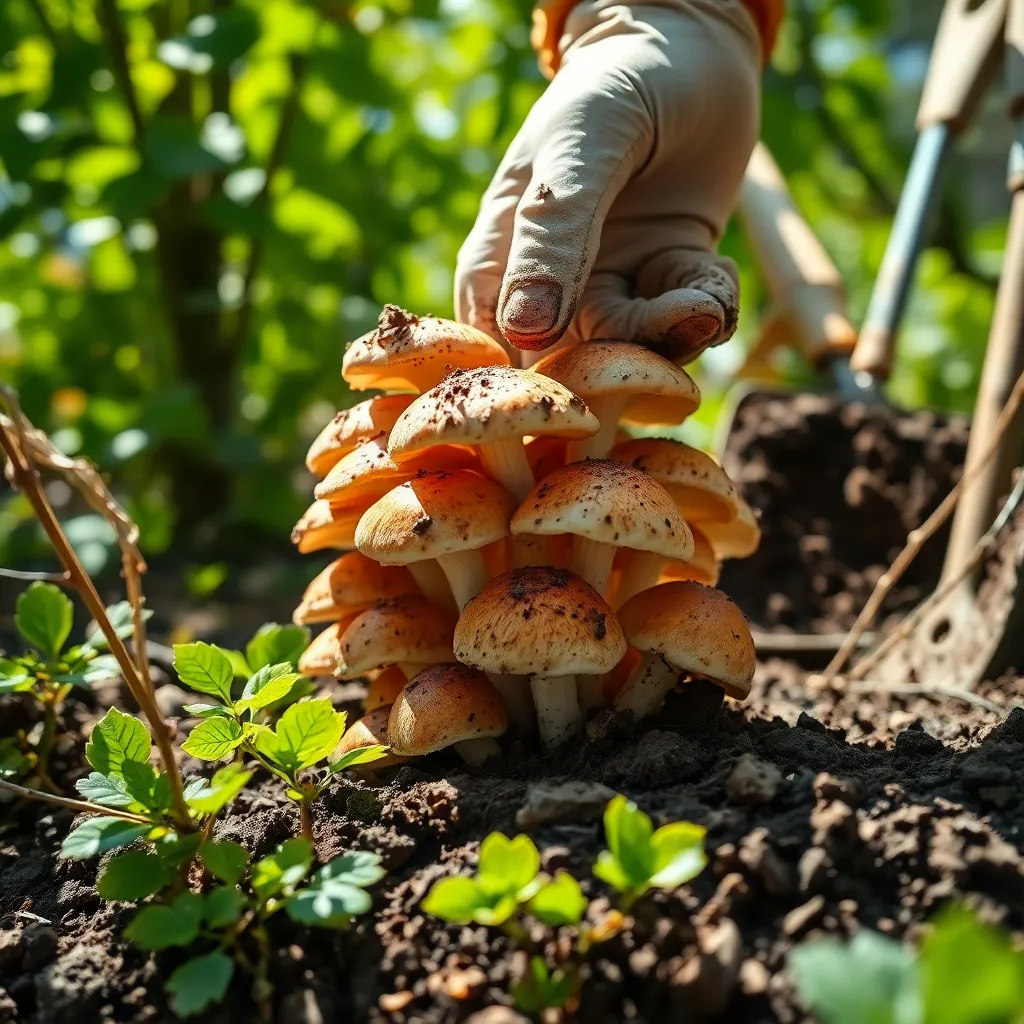Welcome to the fascinating world of home mushroom cultivation, where the marvels of nature unfold right before your eyes! Whether you’re a budding gardener or a seasoned green thumb, growing mushrooms at home offers an exciting opportunity to expand your horticultural horizons and bring delicious, homegrown fungi to your table. This endeavor not only connects you to the rhythms of nature but also introduces you to the sustainable practice of cultivating your own food in a rewarding and eco-friendly way.
In this article, we will guide you through the essential steps needed to successfully grow mushrooms at home, demystifying the process and breaking it down into easy-to-follow stages. You’ll learn about the different types of mushrooms suitable for home cultivation, the necessary growing conditions, and the simple supplies required to get started. We aim to equip you with the knowledge to cultivate these intriguing organisms, enriching your gardening repertoire and culinary experiences. Whether you’re aiming to harvest a fresh crop for your kitchen or simply exploring a new gardening hobby, this guide is your trusted companion on the journey to growing your own mushrooms.
Select the Ideal Mushroom Type

Choosing the right type of mushroom to grow at home is crucial for success and enjoyment. Oyster mushrooms are a great choice for beginners due to their adaptability and ease of cultivation.
These mushrooms thrive in a wide range of temperatures, making them more forgiving for new growers. To get started, use a growing medium like straw or coffee grounds, which are readily accessible and promote healthy growth.
For those seeking a more challenging project, shiitake mushrooms offer a rewarding experience with their rich flavor and nutritional benefits. These require a bit more patience as they typically grow on hardwood logs, which need to be soaked and seasoned before inoculation.
Advanced growers might want to try lion’s mane mushrooms, known for their unique appearance and health benefits. They require a controlled environment with consistent humidity and temperature, making a grow tent or similar setup ideal for best results.
Prepare a Suitable Growing Medium

When preparing a suitable growing medium for mushrooms, it’s essential to consider the specific type of mushroom you’re cultivating. Different mushrooms thrive in various substrates, so understanding their unique needs is key to success.
Button mushrooms, for example, prefer a composted substrate made from a mix of straw and manure. To ensure optimal growth, it’s crucial to pasteurize the substrate before use, which eliminates any harmful pathogens that could inhibit mushroom development.
For oyster mushrooms, a simpler substrate such as straw or sawdust works well. It’s important to soak the substrate in water and then drain it thoroughly to maintain the right moisture levels, which are vital for mushroom growth.
Beginners might find pre-made mushroom growing kits a convenient starting point, as they often come with a substrate already prepared and inoculated with mushroom spawn. However, for more advanced growers, experimenting with different substrate mixes can lead to improved yields and healthier mushrooms.
Inoculate with Mushroom Spores

Once you have prepared your growing medium, the next step is to inoculate it with mushroom spores. Start by selecting high-quality mushroom spores or spawn, which can be purchased from a reputable supplier. Using a sterile environment is crucial to prevent contamination, which can hinder mushroom growth. Wear gloves and sterilize any tools or surfaces you will use during the inoculation process.
To inoculate the medium, gently sprinkle the spores evenly across the surface. Alternatively, you can mix the spores into the substrate if you’re using spawn. Ensure the spores are distributed uniformly, as this will promote even colonization and growth. For beginners, oyster mushrooms are a great choice due to their fast growth and forgiving nature.
After inoculation, maintain the ideal conditions for the spores to colonize the substrate. Keep the environment humid and at a stable temperature—around 65-75°F (18-24°C) is optimal for most mushrooms. Advanced gardeners might use a humidity tent or misting system to maintain moisture levels. Regularly check the growing medium to ensure it remains moist but not soggy.
Once the mycelium fully colonizes the substrate, you can move your setup to a fruiting environment. This involves adjusting the conditions to stimulate mushroom growth, such as increasing light exposure and airflow. Be patient and continue to monitor your setup, as different mushroom varieties have varying growth timelines. With care and attention, you’ll soon enjoy a bountiful harvest of homegrown mushrooms.
Maintain Optimal Growing Conditions

Once you’ve inoculated your substrate with mushroom spores, maintaining optimal growing conditions is crucial for success. Mushrooms thrive in specific environments, so it’s essential to create a setting that mimics their natural habitat as closely as possible.
Temperature control is vital; most mushrooms prefer a range between 55-75°F (13-24°C), depending on the species. Use a thermometer to monitor your growing area and make adjustments with a heater or fan as needed.
Equally important is the humidity level, which should be kept between 80-90% for mushrooms to flourish. A simple way to achieve this is by misting the growing area daily with a spray bottle or using a humidifier to maintain consistent moisture.
Light is another factor to consider; while mushrooms don’t photosynthesize, they do benefit from a bit of indirect light. Place your setup in a spot that receives a few hours of natural or artificial indirect light each day to encourage healthy growth.
Advanced gardeners might want to explore using a hygrometer to measure humidity levels more precisely. This tool can help you fine-tune your environment, ensuring that your mushrooms receive the perfect conditions for maximum yield.
Harvest Mature Mushrooms Carefully

Once your mushrooms have reached maturity, it’s essential to harvest them carefully to ensure continued growth. Mature mushrooms usually have a wide-open cap and visible gills, indicating they’re ready for picking.
Instead of pulling them from the substrate, use a sharp knife or scissors to cut them at the base. This method minimizes damage to the mycelium, which is crucial for future flushes of mushrooms.
For best results, harvest in the early morning when the mushrooms are most firm and hydrated. This practice not only improves the texture and flavor but also helps in maintaining the substrate’s moisture balance.
After harvesting, inspect your growing area for any leftover mushroom debris, which can attract pests or mold. Keep the area clean and slightly mist the substrate to encourage additional growth.
Conclusion: Growing Success with These Plants
In wrapping up ‘How to Grow Mushrooms at Home,’ we’ve unearthed five key relationship concepts that mirror the nurturing process of cultivating mushrooms. First, we highlighted the importance of creating a fertile environment, akin to fostering open communication in relationships. Second, just as mushrooms need the right amount of moisture, relationships thrive on balanced emotional support. Third, we discussed the significance of patience and time, paralleling the growth cycle of mushrooms with the evolving nature of relationships. Fourth, understanding the need for the right conditions reflects the adaptability required in partnerships. Lastly, we emphasized the joy of harvest, celebrating milestones together.
To begin nurturing your own relationship garden, start today by setting aside time for meaningful conversation with your partner. As you embark on this journey, remember to save this article for future reference—bookmark it now so you have a handy guide to revisit.
Looking ahead, cultivating these relationship skills will not only enrich your personal connections but also pave the way for lasting relational success. Embrace this opportunity to grow together, and watch your relationship flourish just like a thriving mushroom patch.
